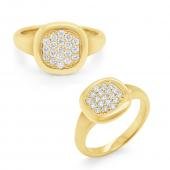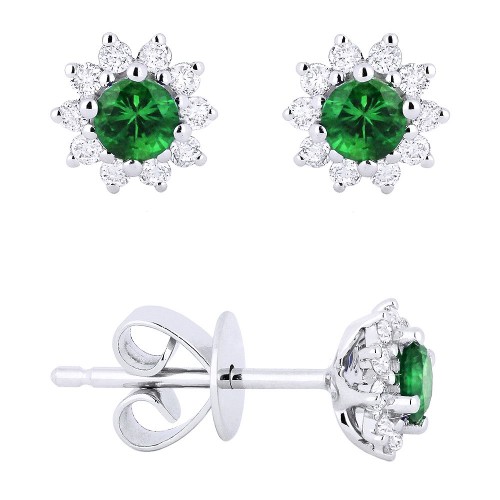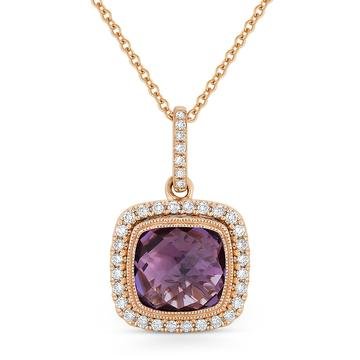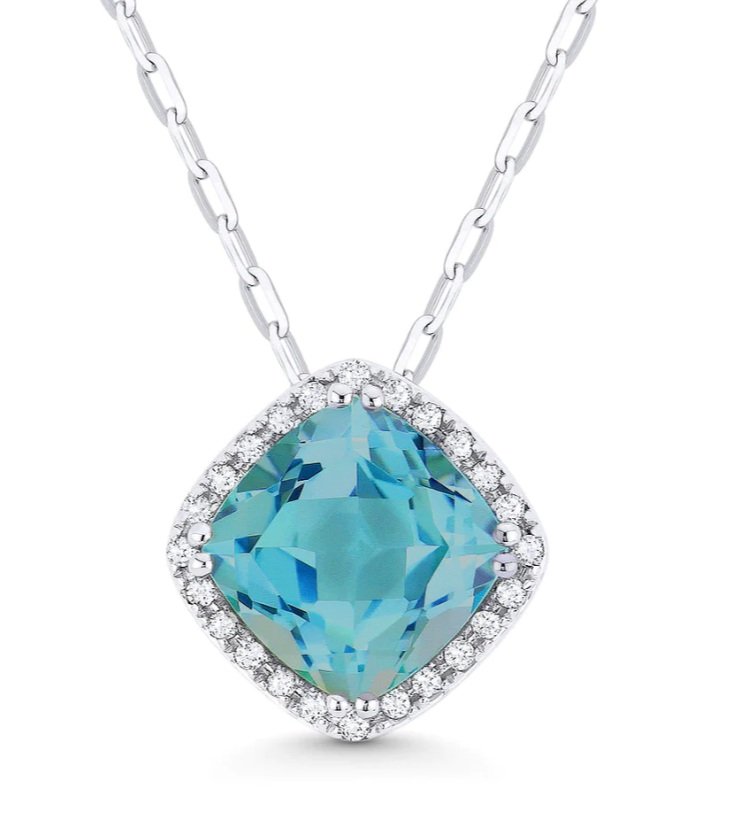Release Your Inner Royal
/https://www.townandcountrymag.com/society/tradition/a45469498/princess-margaret-jewelry-geoffrey-munn-book-excerpt/
Excerpt taken from A Touch of Gold: The Reminiscences of Geoffrey Munn published by ACC Art Books.
Since time immemorial, the immediate indicators of royal status have been the finest colored silks, exotic feathers and furs worked up by skillful couturiers to rich and elegant effects and even today not much has changed. Jewelry is still the highest form of dress, and it remains the most powerful royal emblem of them all. Before photography and the dizzy electronic media of today, the monarch’s image was virtually unknown to the populace and jewelry was not just a prop but an absolute essential to the successful stage management of sovereignty.
"Jewelry is the highest form of dress, and it remains the most powerful royal emblem of them all."
Wartski’s part in all this, as a jeweler and specialist in Fabergé, meant the firm’s relationship with the British Royal Family has been an enduring honour. In fact, it spans six generations, beginning with King Edward VII and continuing with the Catherine, Princess of Wales, whose wedding ring was made from Welsh gold given by The late Queen. Of all the luxury trades, jewelry in particular is very personal and inevitably implies a close connection between supplier and patron.
During my part in that unique relationship, I have observed the great sense of duty that prevails amongst the senior members of the royal family, which in some cases is derived from a profound religious conviction. For instance, it is little known, and certainly never reported, that Princess Margaret maintained a deep sense of Christian faith. I came to realize this by rather a circuitous route in 1980, during the preparation of my book about Castellani and Giuliano.
A Touch of Gold: The Reminiscences of Geoffrey Munn
Earlier that year, I had heard about the Princess’s small collection of Giuliano jewelry and so I wrote to her private secretary, Lord Napier and Ettrick (1930–2012) to ask if I might see it. I never doubted permission would be granted and when indeed it was, I set off on the bus to Kensington Palace dressed in a slate grey suit and flared trousers, my hair fashionably long and sporting an equally fashionable moustache. The journey gave me plenty of time to imagine what might happen next. I had never visited Christopher Wren’s historic palace before and that, together with the sight of the jewelry that would be laid out for me in an anteroom, was likely to be quite thrilling enough, but I was wrong.
The Princess was a genuinely artistic person with a great sense of curiosity about every aspect of life, particularly music and art. Luckily for me, she wanted to know more about my particular enquiry. On my arrival, her lady-in-waiting, Elizabeth Paget took me into the hall past the Princess’s portrait by Pietro Annigoni (1910–88) and then a pair of lacquer torchères in the form of turbaned moors ushered us through double opening mahogany doors into a long reception room, papered in the Princess’s favorite color: blue. To my great surprise, I was told this was where Her Royal Highness would join me shortly. The heady scent from a vase of hyacinths filled the air. Whilst waiting, I noticed an ottoman chair in the center of the room but there was nowhere to sit because it was strewn with anthologies of prayers. They were to have a remarkable resonance for me, but more of that later.
Some of our favorite Regal looks:






